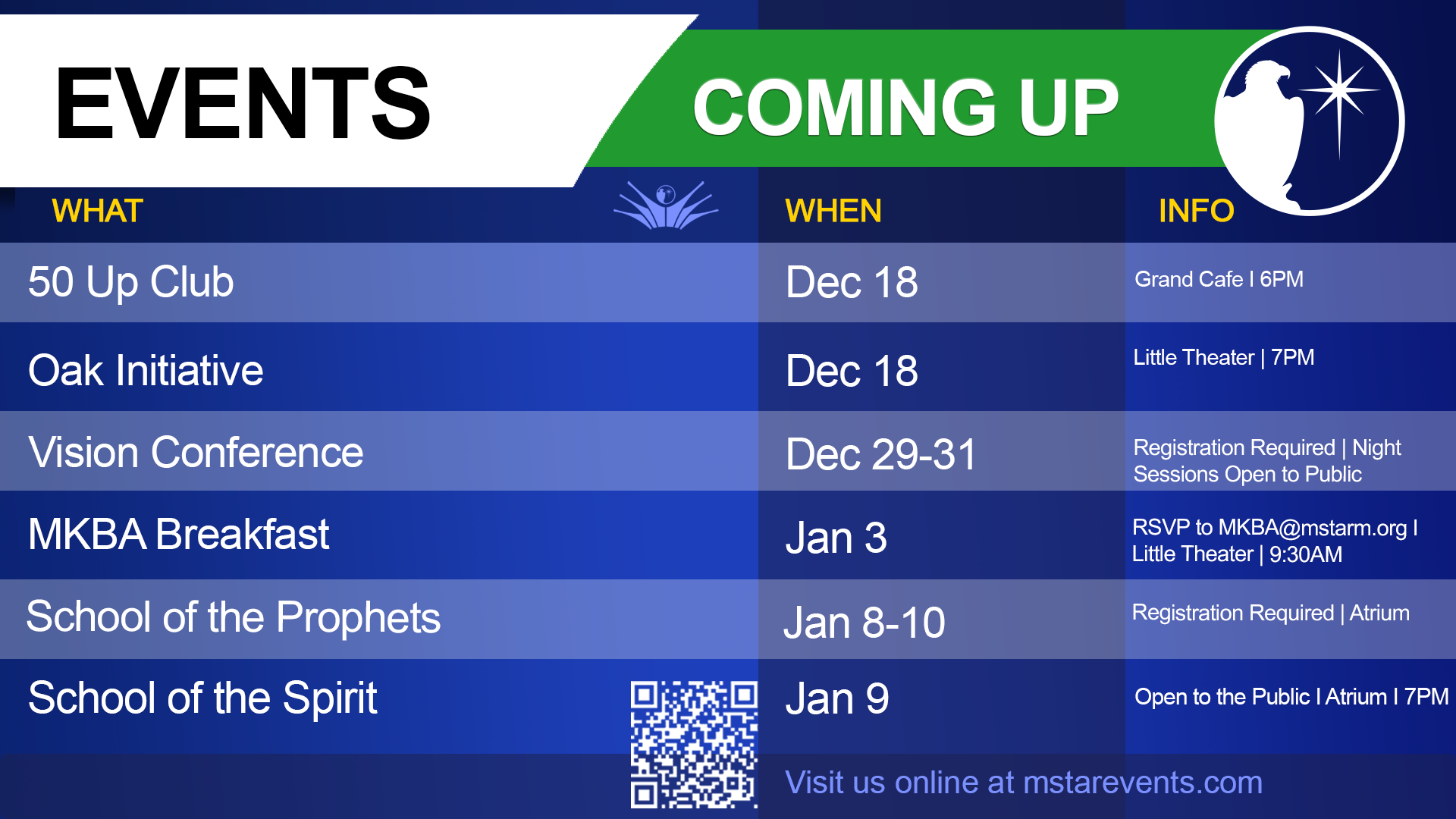Now we come to Revelation 11:1-2:
Then there was given me a measuring rod like a staff; and someone said, "Get up and measure the temple of God and the altar, and those who worship in it.
"Leave out the court which is outside the temple and do not measure it, for it has been given to the nations; and they will tread under foot the holy city for forty-two months.”
There is a great diversity of speculation among the different schools of eschatology about what this temple is. I have not seen a single reference to speculation about the old temple being rebuilt in Jerusalem before the 1844 Advent Movement. Before that movement, there seemed to be a consensus that all references to a present or future “temple of God” were a reference to the church.
It appears that the theory of a rebuilt temple was required for those who had a futuristic view of Daniel and Revelation—to have a place for the antichrist to “take his seat” in the temple of God, which they view as the same person as “the abomination of desolation.” Perhaps, but I consider this to be a reference to the church, like virtually all the important teachers and writers who addressed Revelation before the 1844 Advent Movement did, including some direct disciples of John the Revelator.
What does it mean to measure the cross, the temple, or the people who worship in it? Measuring in biblical prophecies is usually more than just getting the dimensions—it is also an evaluation of quality and success in relation to its purpose. This implies that the leadership of the church, which John represents here, were given a rod, or authority, for measuring the church, those who worship in it, and the cross. How would this be fulfilled?
Let’s begin with the altar. The Altar of Burnt Offering in the Old Covenant was a biblical prophecy of the cross in the New Covenant. The cross of Jesus fulfilled all of the sacrifices made on the Altar of Burnt Offering. So how would we measure the cross?
From the first century, there were continuous assaults and false teachings directed at diluting or even nullifying the power of the cross in the life of the church and that of the individual Christian. It is written that the message of the cross is the power of God (see I Corinthians 1:18), and all the grace, mercy, and power of God are released to His people through the cross of Jesus. The application of the cross is fundamental to the life and health of the church and the individual believer. Certainly this is something that every Christian in a leadership position should constantly measure in order to discern the health of those in their care.
Because we have access to God through the blood of Jesus and His propitiation offering on the cross, the ability of the people to apply the cross to their lives is a primary factor determining their ability to worship God with their lives. This is fundamental to the quality of our worship. Worship under the New Covenant is not about devotion to rituals as much as it is a life lived in obedience and abiding in the Lord. In doing so, we glorify the Lord. Jesus is The Way, The Truth, and The Life. We must know Him as all three to walk with Him as we are called to.
As we covered, the Reformers saw any attack on the cross, or any dilution of the message of the cross, as being the work of the antichrist. This was because of the centrality of the cross in the doctrine of salvation through the cross of Jesus alone. Most Reformers viewed “the sacrifice of the mass” as “the abomination of desolation”—or “the abomination that desolates”—because it was the most fundamental attack on the cross of Jesus in the life of the church and individual believers.
This was not just about attacking a ritual of communion, but the doctrine behind this ritual changed from what was originally intended. In the doctrine of the sacrifice of the mass, Jesus only died for Adam’s sin. For the remission of personal sin, a believer had to go to a priest who would “offer Christ again” for their personal sins. This is why they taught that the bread and wine of communion was miraculously changed into the literal body and blood of the Lord. This made a human priest the mediator, even though Scripture says that there is only one mediator between God and men, the man Christ Jesus (see I Timothy 2:5). As we are also told in Hebrews 9:28, Christ was “offered once for all….”
The fundamental truth that our salvation and the grace, mercy, and power of God is dependent on the cross alone is worthy to be measured regularly by church leaders. Under the New Covenant there is not a special class of priests that mediate between God and men—rather, every believer is a priest. These were the most important New Covenant truths recovered by the Reformation. These were based on the truth that all church doctrine must be based on Scripture, not church dogma that had developed so many varied and unbiblical teachings that separated the people from God and elevated an institution to take His place.
Next week we will address what it means to “measure the temple.”



